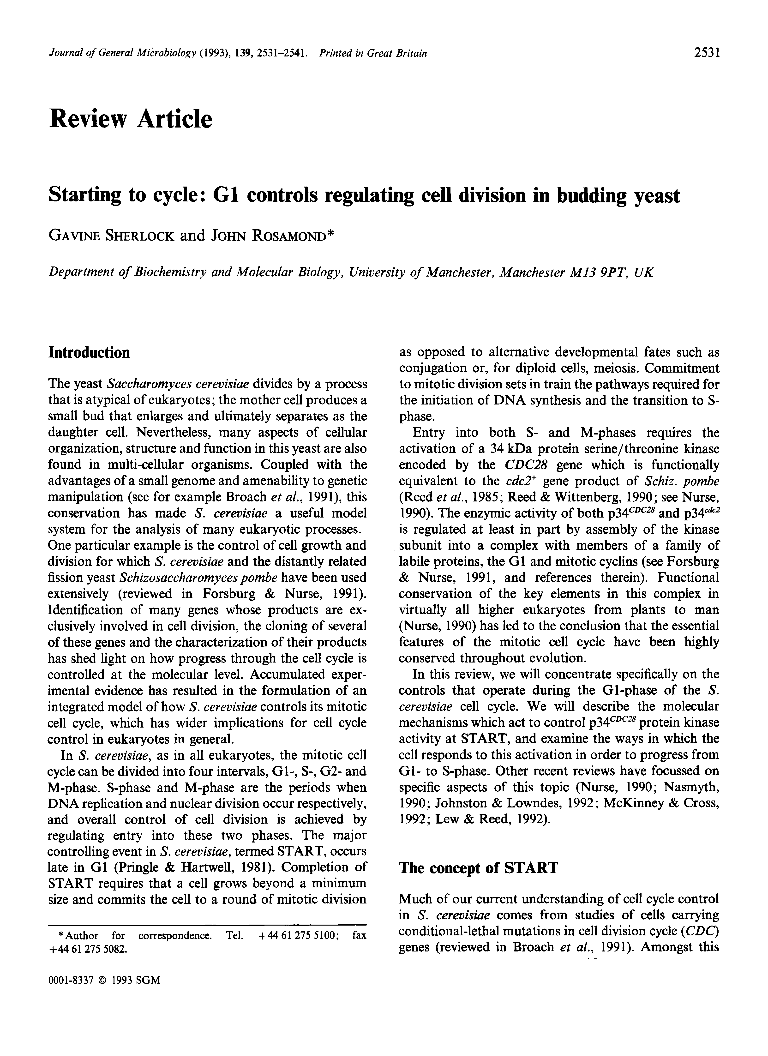
Full text loading...

Starting to cycle: G1 controls regulating cell division in budding yeast, Page 1 of 1
< Previous page | Next page > /docserver/preview/fulltext/micro/139/11/mic-139-11-2531-1.gif
There is no abstract available.

Article metrics loading...

Full text loading...
References


Data & Media loading...
